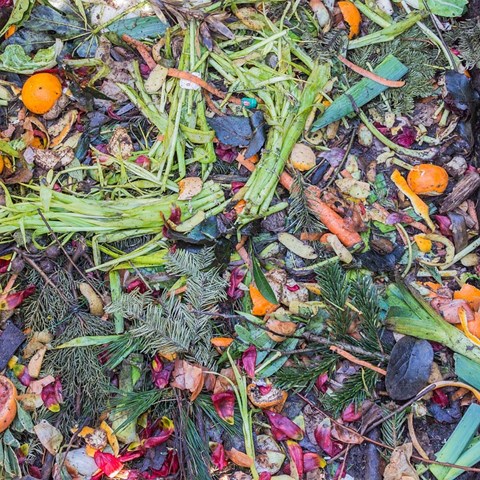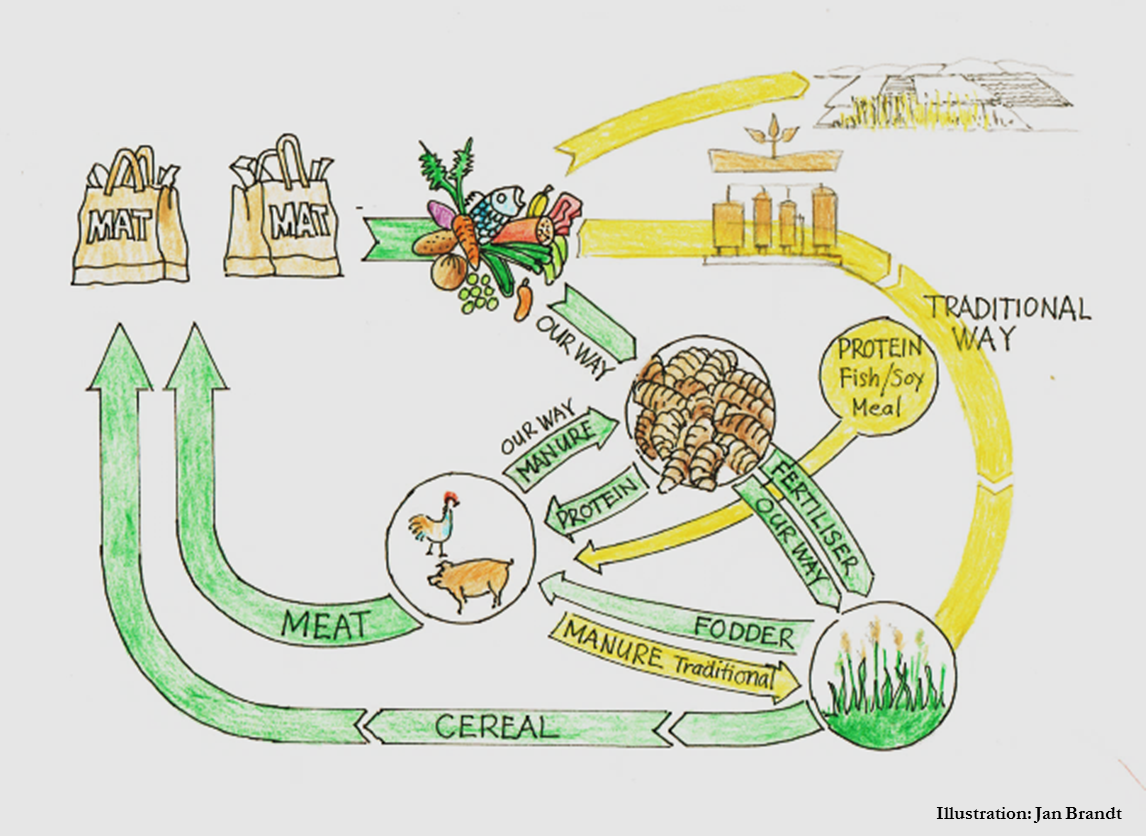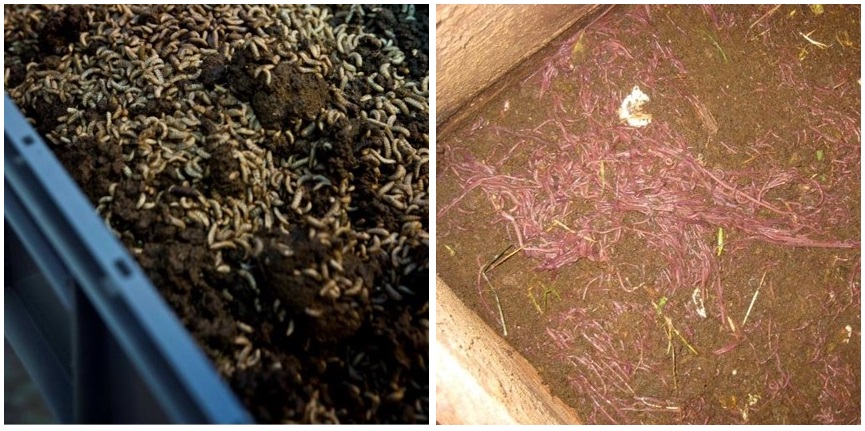Contact
Department of Energy and Technology, Environmental Engineering

Our research focus is on the organic waste fractions, including food-, toilet-, and abattoir waste and manure. In many low- and middle-income countries other waste fractions from the household, such as plastics and metals that have a monetary value are collected and sold back into the production chain. Since the organic fraction has little monetary value, there is little incentive to collect it.
In high-income countries the treatment is often subsidised. In places where the treatment is not subsidised, it often ends up in landfills of varying quality. In both cases the organic waste is degraded under anoxic conditions, which lead to large emissions of greenhouse gases and often also acidification of water bodies and eutrophication caused by leaching of plan nutrients from the decaying organic matter. This is also what happens with a large fraction of the manure from the global livestock industry. When organic fractions are not placed on arable land as a fertiliser, it often ends up being a large environmental polluter. Our aim is to develop sustainable and resilient treatment technologies where organic waste is converted into high-value products; Products valuable enough to help finance the treatment.

We have worked extensively with regular composting. Currently, our main focuses are fly larvae composting and vermicomposting. These enhanced composting systems convert the organic waste into high-value products: animal feed protein from the fly larvae or worms; and the remaining residue is concentrated plant available nutrients. The amino acid profile of the generated animal protein is comparable to that of fish meal and can be used as protein source in animal feed, such as that for fish in aquaculture, and pigs or chickens in land based agriculture. The compost can be used as organic fertiliser.
We use the larvae of the Black Soldier Fly (BSF, Hermetia illucens). These fly larvae consume various organic waste streams and 20% of the organic waste is converted into increased larval biomass, 20% remains as residue (compost), while the reaming 60% is converted into carbon dioxide and water vapour (Lalander et al., 2015a). In our trials, the level of pathogenic microorganisms, such as the bacteria Salmonella and viruses, is greatly reduced (Lalander et al., 2015a; Lalander et al., 2013b). We also found a large reduction in the concentration of pharmaceuticals and pesticides (Lalander et al., 2016). For an efficient and reliable fly larvae composting process, mini-larvae have to be added to the treatment in batches; thus a separate fly rearing facility is required.
In vermicomposting, the material is degraded to a level comparable to that in fly larvae composting, but the treatment time is longer and the waste-to-biomass conversion rate is lower (Lalander et al., 2013a; Lalander et al., 2015b). Worms have a somewhat higher protein content than fly larvae. As the worms multiply in the treatment, no separate worm rearing facility is required and waste can be continually added to a single treatment unit. Vermicomposting is particularly interesting in areas with a lower level of infrastructure (Lalander et al., 2013b).

The focus of our research is development of process technological parameters and evaluation of hygienic risks. We are running several parallel projects with fly larvae composting and vermicomposting all of which focus on decentralised, valorisation-driven waste management strategies.
Lalander, C., Diener, S., Magri, M.E., Zurbrügg, C., Lindström, A., Vinnerås, B. 2013a. Faecal sludge management with the larvae of the black soldier fly (Hermetia illucens) — From a hygiene aspect. Sci. Total Environ., 458–460(0), 312-318.
Lalander, C., Senecal, J., Gros Calvo, M., Ahrens, L., Josefsson, S., Wiberg, K., Vinnerås, B. 2016. Fate of pharmaceuticals and pesticides in fly larvae composting. Science of The Total Environment, 565, 279-286.
Lalander, C.H., Fidjeland, J., Diener, S., Eriksson, S., Vinnerås, B. 2015a. High waste-to-biomass conversion and efficient Salmonella spp. reduction using black soldier fly for waste recycling. Agronomy for Sustainable Development, 35(1), 261-271.
Lalander, C.H., Hill, G.B., Vinnerås, B. 2013b. Hygienic quality of faeces treated in urine diverting vermicomposting toilets. Waste Management, 33(11), 2204-2210.
Lalander, C.H., Komakech, A.J., Vinneras, B. 2015b. Vermicomposting as manure management strategy for urban small-holder animal farms - Kampala case study. Waste Manag, 39, 96-103.